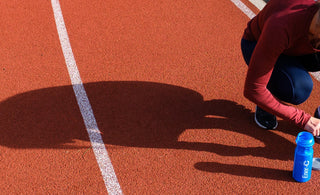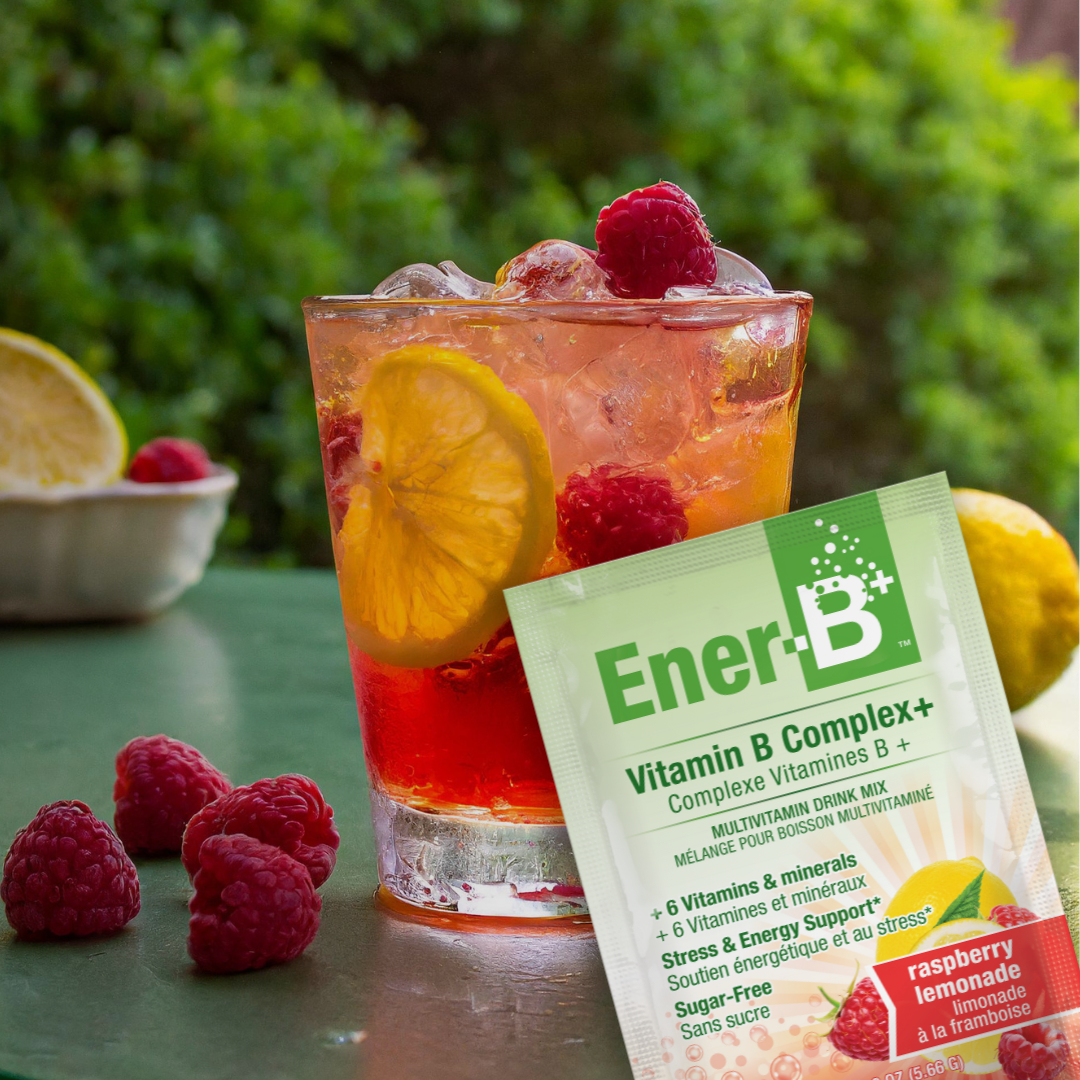

If you live an active lifestyle, you have most likely experienced some kind of physical set backs or forced time out from doing some of the activities you love. As an athlete, I feel like I’ve spent half of my career rehabbing injuries. This is not an over exaggeration, but is greatly associated with the fact that I chose a high-risk sport. It doesn’t matter whether you’re a professional or recreationalist, sitting on the sidelines sucks! However, each time I sustain an injury I learn something new about my body and the healing process. I wanted to share a few of these lessons, in the hope that it helps someone out there through their own rehab process.

Photo by Spencer Watson.
Nutrition
I’m a big advocate of eating to heal. That is, eating foods that will help your body regenerate, and avoiding foods that might set it back. When I’m trying to heal I am strict about cutting out foods that have inflammatory affects on my body (this will be different for everyone), but most obviously alcohol, sugar and processed foods. I also try to include foods that have proven anti-inflammatory properties, such as turmeric, ginger, green tea and cinnamon. Alongside nutrition is hydration. I make sure I finish 2 x 1L water bottles per day and often add a sachet of Ener-C Sport (electrolytes) or Ener-C Multivitamin to get an extra boost of hydration and energy, and add flavour to my water.

Photo by Ilanna Barkusky.
Activity
Successful rehab and return to sport is a fine balance between rest and restrengthening. When I was younger I had the misguided mentality that rehabbing harder would equal getting back to sport faster. Boy was I wrong. I would often sacrifice sleep for extra time at the gym and would try to beat the rehab clock by pushing my body forward too hastily. I have now discovered that this is not the way to go. Slow is smooth and smooth is fast. That is, take incremental baby steps and you will continue to move forward. But, when you try to rush things, it often results in the two steps forwards, one step back type scenario, which is stressful and frustrating. Finally, and a point that I can’t emphasise enough, is sleep. The more sleep you can get, the better. This is when your body is doing the majority of its healing and recovery.
Mentality
A positive and relaxed state of mind is an important factor in healing that is often forgotten in injury recovery plans. For those of us who get high off on exercise endorphins, forced down time can have a detrimental impact on our feelings of well-being. For me, I use exercise as a way to calm my mind, release stress and anxiety, and socialise. But when this is taken away, I struggle to find ways to blow off steam and maintain a positive mindset. When the mind is stressed it releases stress hormones, which have been proven to impede the body’s ability to recover. One of the best things you can do is invest energy in getting your head straight. For me, daily meditation is key. Whether it’s guided meditation (I am currently using Headspace app’s Sports Rehab course) or 10 quiet minutes of breath work in the morning, this practice has been proven to enhance not only well being, but also physical recovery, focus and performance. Think about how much time you spend training or working our your body – invest just 15 minutes of that time in working out your mind.
Good luck on your rehab journey and please reach out and comment if you have any questions or suggestions to add.
Anna Segal is an Australian Olympic freestyle slopestyle skier and two-time world champion who lives, works and plays in beautiful Pemberton, BC.

